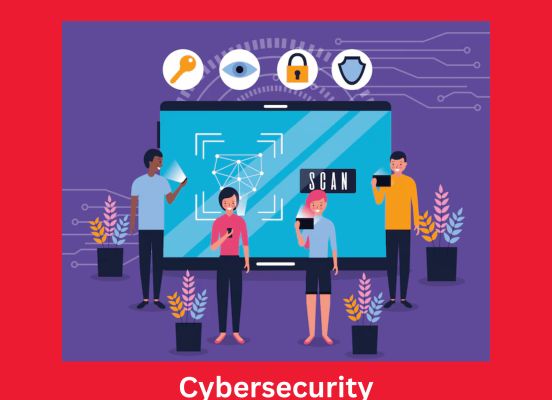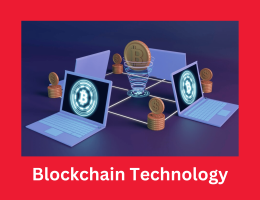
Cybersecurity: Threats, Trends, and Solutions to Protect Digital Assets and Privacy
- By admin --
- Monday, 11 Mar, 2024
In today's interconnected digital landscape, cybersecurity has become paramount in safeguarding digital assets and ensuring privacy. The rapid evolution of technology has introduced both unprecedented opportunities and daunting challenges, with cyber threats continually evolving in sophistication and scale. Understanding these threats, recognizing emerging trends, and implementing robust solutions are essential steps in fortifying defenses against cyber attacks.
Cyber threats are a wide range of malevolent actions intended to take advantage of weaknesses in digital networks and systems. Organizations confront a continual assault of hazards to their data and infrastructure, ranging from basic threats like malware, phishing, and ransomware to more complex assaults like advanced persistent threats (APTs) and zero-day exploits. The rise of Internet of Things (IoT) has resulted in many devices being networked, leading to more complex security that can be affected by a number of different systems through which a breach might possibly occur.
The growth in targeted assaults on major corporations, political institutions, and key infrastructure is one notable trend in cybersecurity. The goals of these attacks are to cause widespread chaos, steal sensitive information, or interfere with operations. They are often orchestrated by highly organized cybercriminal gangs or state-sponsored actors. The frequency of ransomware attacks, in which cybercriminals encrypt data and demand payment to have it decrypted, brings attention to the financial motivations underlying a significant portion of cybercrime.
The development of sophisticated social engineering methods that take advantage of psychological traits in people to trick them into disclosing private information or breaking security measures is another noteworthy development. Named forms of social engineering, namely spear phishing, pretexting, and CEO fraud, manipulate human trust and gullibility, tricking established technical defenses..
In order to combat these changes in threats, companies are starting use advanced methods in detecting, preventing, and reducing attacks which is considered a good cybersecurity strategy with many layers of protection. Achieving this aim will be by utilizing advanced threat intelligence technologies for suspect activity detection, strong encryption, and access controls for data protection, as well as conducting periodic security audits and assessments that would reveal gaps.
The development of artificial intelligence (AI) and machine learning (ML) algorithms to improve threat detection and response capabilities is one area of concentration in cybersecurity solutions. With the use of these tools, businesses can instantly evaluate enormous volumes of data and spot unusual trends that might point to security flaws. Automatic systems powered by artificial intelligence can significantly cut the amount of time required to spot and stop cyberttacks by mechanizing threat discovery and reaction methods which otherwise augments the general cybersecurity status.
Additionally, by offering tamper-proof, decentralized ledgers for storing sensitive data and enabling safe transactions, the adoption of blockchain technology offers potential in improving cybersecurity.
Blockchain-based solutions offer increased transparency, immutability, and resilience against tampering or data manipulation, making them valuable assets in protecting digital assets and privacy.
Even with these developments, cybersecurity is still a problem because to things like the need to comply with regulations, the lack of resources, and the complexity of digital ecosystems. Data protection, monitoring, and responsible technology usage bring about ethical dilemmas in addition to the complexity of the cybersecurity landscape.
It is crucial to remain aware, creative, and collaborative in the manifold and unpredictable discipline of cybersecurity in order to outmaneuver ever changing dangers. In our asynchronously connected home, corporations that are able to recognize upcoming movements, introduce responsive products and remain ethical will be more resilient to their own digital asset protection and privacy infringement.
In conclusion, In order to keep ahead of ever-evolving threats, cybersecurity is a dynamic and diverse profession that demands constant monitoring, invention, and teamwork. New trends identification, practical solutions implementation & ethical values adhering may enable companies protect their digital assets better, preserve confidentiality in the context of increased connectivity.





